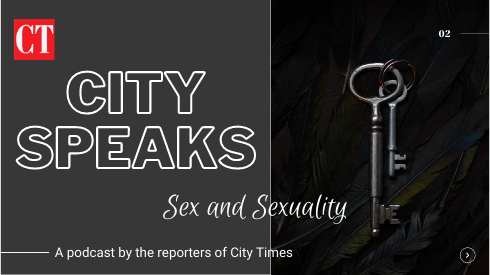It’s no secret that the average college student spends an arm, a leg, and half their soul on textbooks each semester. It’s also no secret that many textbook publishers have started cashing in on the current “e-book” trend. But are these new technologies really more cost effective and convenient than traditional textbooks?
The answer is no.
Only 17 percent of incoming and current college students own a tablet or an e-book, according to an online study conducted by the Pearson Foundation in January 2012.
If our campus starts mandating the use of e-books, that means approximately 83 percent of students will need to go and buy an electronic reader.
These can range anywhere from $80 for the most basic Nook and up to $829 for a full featured iPad, with the average costing around $500 according to a survey by USA Today. On top of that, the average e-book is about 60 to 70 percent the cost of a new textbook.
Once you’ve bought an e-reader, it opens up many other problems. Your e-reader might run out of battery, get broken, stolen or a get software bug. They’re also fairly fragile.
If you spill a little bit of water on your textbook, it isn’t rendered useless. It also isn’t rendered useless by a little bit of writing in the margins.
Even if the cost and lack of durability doesn’t bother you, your educational quality should.
Kate Garland, a lecturer in psychology at the University of Leicester in England, did a study about memory retention with print versus online reading. She discovered the readers of print were able to recall the information quicker and more accurately. Garland also found the print readers needed to read the information fewer times to gain the same information.
Additionally, Sandra Aamodt, former editor in chief of Nature Neuroscience, did a study on human-technology interaction. Aamodt’s team reported that a person reading on a digital display read 20 to 30 percent slower than a person on print.
They also found it takes more effort to read a digital display. This causes the brain and eyes to tire quicker, meaning loss of concentration and memory.
Most basic e-readers do not include pictures, which also has a negative impact upon learning. Out of 145 students, 119 of them did better on a quiz using a handout with pictures as compared to one with just text according to a research report by Joan M. Elifson and Brenda Smith at Georgia State University.
There is a better way to embrace the digital age than having to resort to e-books. Trading books online through Bookins.com or Textbookrevolt.com, hosting a campus wide book swap, or selling and buying used books at Valore.com, Amazon.com, and EBay.com are excellent alternatives to rising costs at the campus bookstore.
E-books are great for leisure reading, but they have a long way to go before they can replace traditional textbooks.



